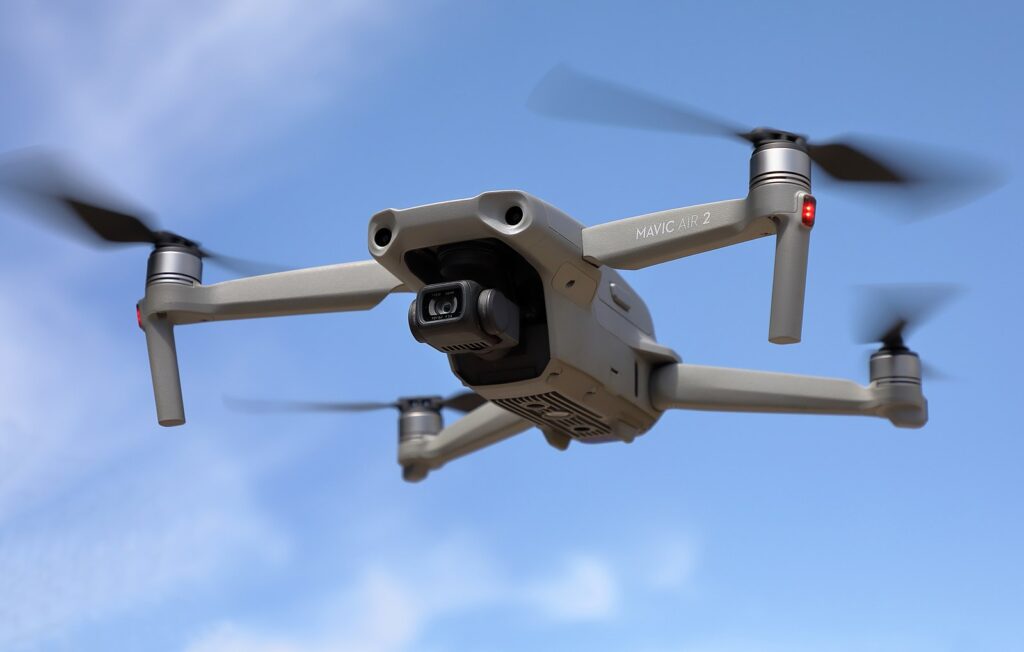THE RUNDOWN
The January 17th attack on a power substation in Randolph County, North Carolina marks the latest in a string of physical security breaches on power stations in the US. This attack comes just weeks after a similar attack in Moore county left more than 45,000 people without power for several days. Local officials also declared a State of Emergency for the affected areas. These incidents have been increasing steadily since 2015, with over 100 recorded physical attacks in 2022, the highest since 2012. Experts have long warned that a well-coordinated attack on our nation’s power grid has the potential to cripple the country and cause widespread chaos and death. Making matters worse is that getting these systems online could take months, leading to increased collateral damage.
An Emerging Trend
Over 107 physical attacks occurred in the first eight months of 2022. The most recent incidents took place in Washington, Las Vegas, and North Carolina. Luckily, there has been little collateral damage from these events so far.
In 2013, snipers attacked a PG&E substation in California. While no significant loss of service occurred, details of the event caused serious concern among officials. The event was widely regarded as a professional job due to the coordinated efforts of cutting communication lines, the use of military-style equipment, and the targeting of specific components crucial to the operation of the substation.
Officials are worried about the sophistication of these physical attacks. According to the Department of Energy, “Numerous reports find that there will be increased use of drones and other aviation technologies for physical security events to thwart various security measures, particularly as these devices become more readily available to consumers, easier to use, and less expensive. The capabilities of drones continue to increase, now including microphones and infrared/night vision.” In 2020, the first documented instance of malicious drone use was reported when one was flown into a Pennsylvania substation. What’s even more concerning is that like many other incidents, it is still unclear who was responsible for these attacks. Authorities have yet to identify the perpetrators of the January 17th incident in Randolph County, N.C.

The Potential for Catastrophe
Prolonged power outages can have serious consequences. Emergency response services can be disrupted, medical services can be hampered due to lack of access to lifesaving equipment, and citizens could be at risk without heat or food if they’re unprepared. The 2016 US Department of Energy report outlined some of the potential consequences of attacks on the power grid:
- “Loss of confidence, not just in the utility and the grid, but in the government’s ability to protect the normal way of life.”
- “Ultimately loss of life and property if heating, cooling, food/water, or essential medical and emergency services (e.g., water for firefighting) cannot be provided or are compromised”
These types of attacks also incur significant financial damages for government agencies and power companies. Even in instances where the damage doesn’t lead to power outages, repairs to affected equipment can cost millions of dollars. Two suspects vandalized four substations around Tacoma, Washington on December 25th, 2022, causing over $3 million dollars in damage. The damage left over 14,000 people without power or heat on Christmas Day. Complicating matters is the fact that expensive components can take weeks or even months to be procured and installed. A DOE report on critical power station components acknowledged this fact. The report states, “Although reliability and redundancy are built into the system, the electricity industry identified that the limited domestic manufacturing capacity of high-voltage power transformers could present a potential supply issue in the event that many LPTs (large power transformers) failed simultaneously”.

On January 3rd of this year, an Iranian man deliberately crashed his car into a power plant in Las Vegas. A plant employee estimated that it would take two years to receive the necessary replacement parts. The facility will remain closed until the new parts are received and generate no power. Mohammad Mesmarian, 34, is facing terror-related charges for the damage he caused in the incident.
THE TAKEAWAY
As tensions with our nation’s adversaries rise along with concerns of domestic extremism, protecting our critical infrastructure is paramount. Recent events have shown that a determined hostile actor could cause widespread damage from a single physical attack. As the prevalence and sophistication of these attacks increases, it begs the question: Is our nation doing enough to protect our critical energy infrastructure? There are over 55,000 power substations in the United States. The Biden administration is looking to add significantly to that number to support their green energy initiatives. These facilities will require more manpower and technology to keep them safe as threats continue to evolve. Local governments and emergency first responders will also need to devise and implement procedures in the event of extended power outages due to attack, and private citizens should have their own plans in place as the incidents become more common.
